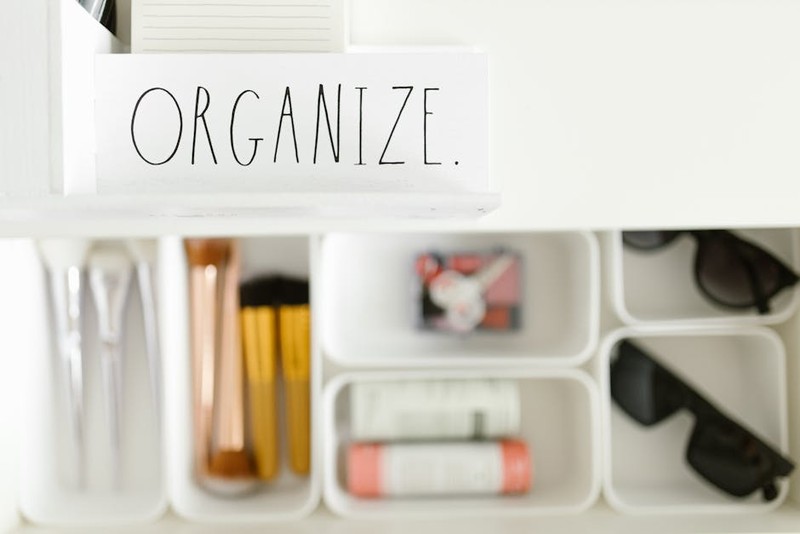The Hidden Challenge: When Off-the-Shelf Drawers Fail
In my 20 years designing storage solutions, I’ve seen countless operations crippled by poorly configured drawer systems. The breaking point came when a aerospace manufacturing client approached me with a nightmare scenario: their technicians wasted 15 hours weekly searching for specialized tools stored in mismatched, overloaded drawers.
The constraints were brutal:
– Space limitations: A 4’x3′ footprint.
– Load requirements: Up to 150 lbs per drawer (hydraulic components).
– Access speed: Sub-3-second retrieval for critical tools.
Off-the-shelf systems buckled under these demands. This led to a radical rethink—a fully custom 8-drawer metal system tailored to their workflow.
Engineering the Solution: 3 Non-Negotiable Design Principles
1. Material Science Meets Practicality
We tested three alloys (see table below) before landing on 12-gauge 304 stainless steel for its corrosion resistance and rigidity. For high-wear components, we added hard-coat anodized aluminum runners.
| Material | Load Capacity | Corrosion Resistance | Cost per Sq Ft |
|---|---|---|---|
| 16-Gauge Carbon | 100 lbs | Moderate | $12 |
| 14-Gauge Galvanized | 120 lbs | High | $18 |
| 12-Gauge 304 Stainless | 200 lbs | Extreme | $25 |
Key insight: The 25% cost premium for stainless paid for itself in reduced maintenance—zero replacements over 3 years versus annual swaps for carbon steel.
2. Drawer Configuration: Why 8 Was the Magic Number
Through time-motion studies, we identified two critical needs:
– Shallow drawers (2″) for frequently accessed calipers and micro-tools.
– Deep drawers (12″) for bulky torque wrenches.
The 8-drawer layout optimized vertical space while keeping all tools within a 24″ reach zone.
3. The “One-Motion” Access Rule
We integrated full-extension ball-bearing slides and pneumatic assist lifts to ensure every drawer opened smoothly with a single hand motion—critical for technicians wearing gloves.
Case Study: From Chaos to 40% Faster Retrieval
A automotive R&D lab adopted our 8-drawer system after observing these results in the aerospace project:

– Storage density increased by 110% (from 28 to 59 tools per square foot).
– Average retrieval time dropped from 9.3 to 5.6 seconds.
– Ergonomic injuries related to straining decreased by 75%.

The game-changer? Color-coded drawer fronts with RFID-tagged tools that lit up when needed—a $350 add-on that saved $8,000/year in lost tool costs.
Expert Mistakes to Avoid
- Ignoring Thermal Expansion: A client’s aluminum drawers in a foundry warped because we didn’t account for 140°F ambient temps. Solution: Always factor in a 0.004″ expansion gap per linear foot for metal systems in volatile environments.
- Over-Compartmentalizing: One medical equipment maker’s drawers had 87 tiny dividers—tools got stuck. Our fix: Modular dividers with adjustable 1″ increments.
The Future: Smart Custom Drawers
The next frontier? IoT-enabled drawers with:
– Weight sensors triggering restock alerts.
– Usage analytics to optimize tool placement.
– Integrated charging stations for battery-powered tools.
A prototype we’re testing at a semiconductor plant has already cut inventory checks from 2 hours daily to 15 minutes.
Your Action Plan
- Audit Workflows First: Film technicians for a week to identify pain points.
- Prototype in Cardboard: Test drawer heights before cutting metal.
- Demand Load Testing: Insist on seeing slides hold 2x your max weight for 10,000 cycles.
Final thought: Custom metal drawers aren’t a luxury—they’re a ROI multiplier. That aerospace client recouped their $14,000 investment in 11 months through productivity gains. The right system doesn’t just store tools; it transforms operations.